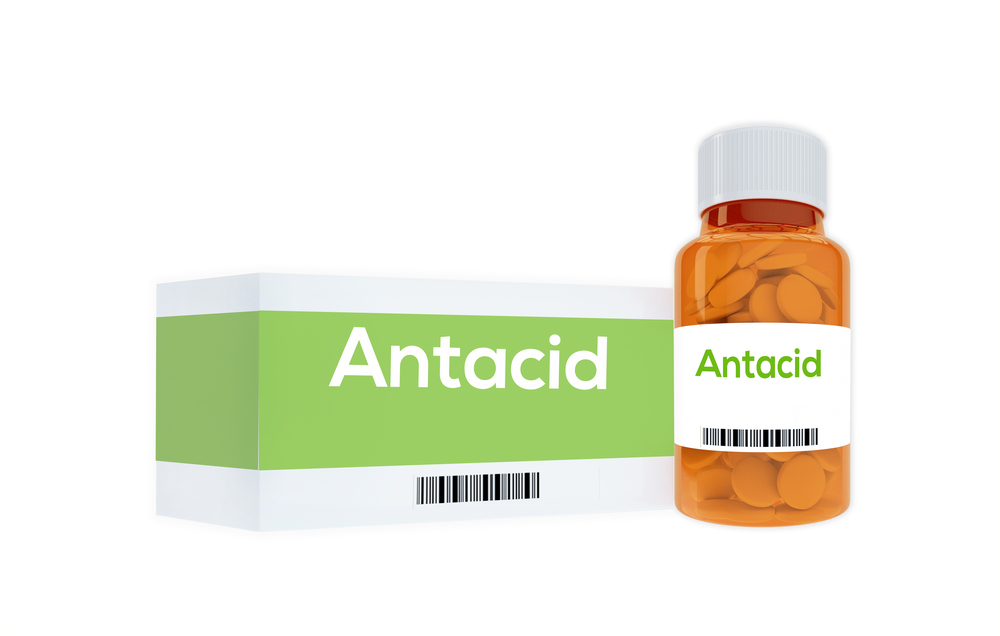Antacid Therapy May Lead to Lung Infections in Esbriet-Treated IPF Patients, Study Reports

Antacid therapy (AAT) may lead to major digestive problems and severe lung infections in idiopathic pulmonary fibrosis (IPF) patients who take Esbriet (pirfenidone), a study reports.
The research, “Antacid Therapy and Disease Progression in Patients with Idiopathic Pulmonary Fibrosis Who Received Pirfenidone” was published in the journal Respiration.
Gastroesophageal reflux disease (GERD) may contribute to IPF progression, some studies have reported. In fact, the incidence of GERD is considerably higher in IPF patients than the general population.
AAT is one of the treatment options for GERD. AAT’s impact on IPF disease progression has been a subject of debate, particularly when administered with Esbriet, a widely used IPF therapy.
Researchers decided to investigate AAT’s effect on IPF progression in patients receiving Esbriet.
They analyzed data from IPF patients enrolled in three clinical trials: CAPACITY 2 (NCT00287716), CAPACITY 1 (NCT00287729) and ASCEND (NCT01366209).
The 623 patients, who received 2,403 mg of Esbriet a day, were divided into two groups – the 44% receiving AAT and the 56% who weren’t.
Researchers compared several parameters in the groups over 52 weeks, including pulmonary function, tolerance to exercise, hospitalizations, adverse events, and survival.
They used a number of measurements to determine whether the patients’ IPF had progressed. One was a decrease in forced vital capacity (FVC), a measure of lung function, of 10% or more. Another was a decrease in six-minute walking distance, a test of exercise capacity, of 50 meters or more. The third measurement of disease progression was a patient’s death.
Researchers found no statistically significant differences between the AAT and non-AAT groups in most parameters. They included disease progression — 24.9 versus 30.6%; mortality rate from all causes — 2.9 versus 4.0%; IPF-related mortality rate — 1.1 versus 2.0%; hospitalization rate from all causes — 16.1 versus 18.3%. In addition, AAT patients had a mean percentage change in FVC of –2.7%, versus –3.1% in the non-ATT group.
AAT patients did show a relative decline in FVC of 10% or more, however, and they were more prone to developing severe gastrointestinal problems and pulmonary infections.
Overall, this study “does not suggest that AAT might be beneficial as a treatment for IPF in combination with pirfenidone,” researchers wrote, since patients may be at higher risk of developing severe digestive problems and lung infections.
“We believe that the role of AAT in IPF, either alone or in combination with antifibrotic drugs, should be prospectively assessed in a randomized, double-blind, placebo-controlled trial before being considered a specific treatment for IPF,” researchers concluded.







